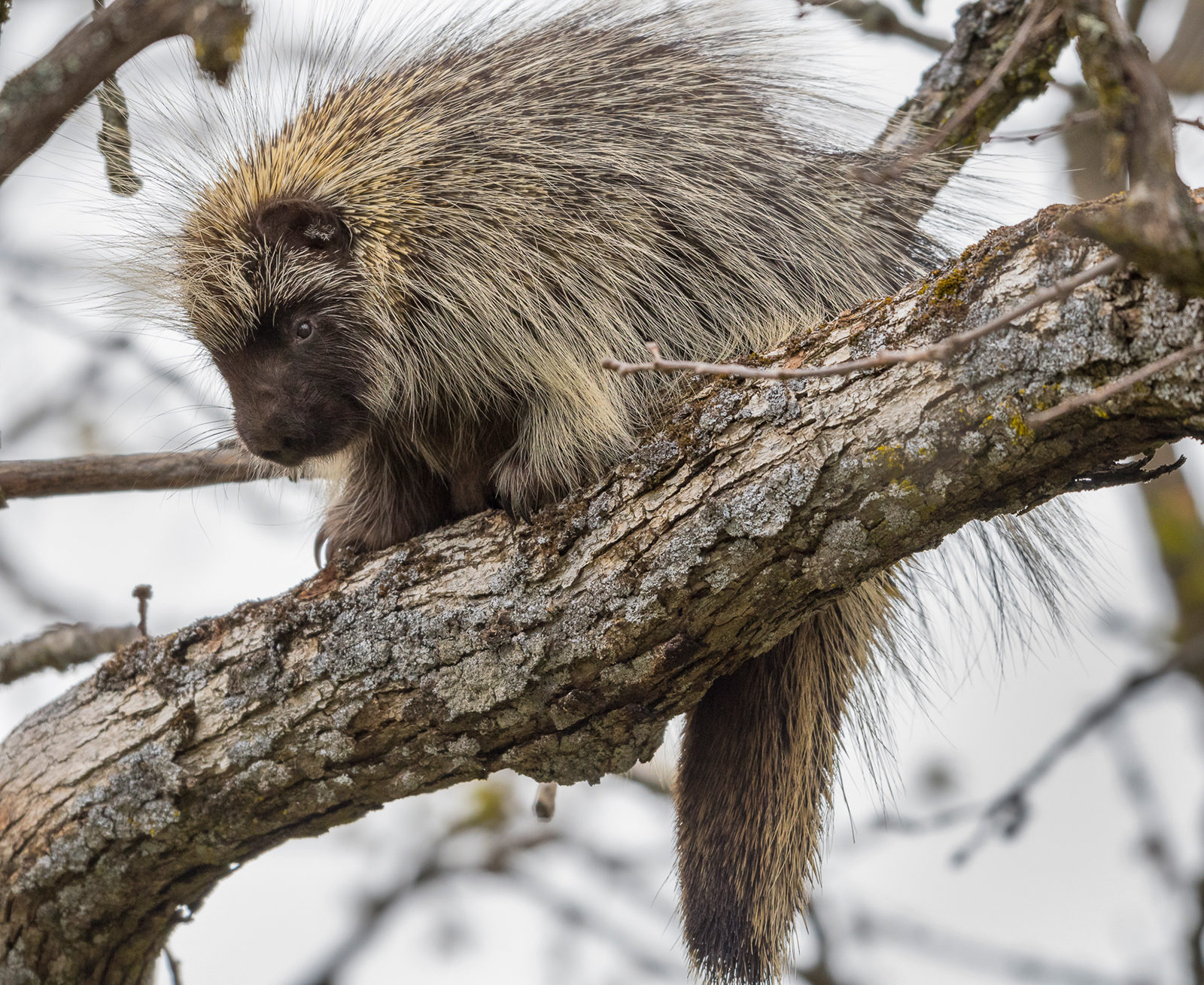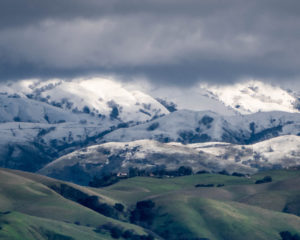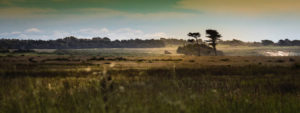Do porcupines live in the Bay Area, and if so, why don’t we see them? –Nora, Berkeley
The short answer to the first part of your question is yes, they do. But they are very rare, and because they are mostly nocturnal, we don’t often see them. I have encountered them only a few times in my life in New Mexico and Canada, but not in the Bay Area. Perched up in tree branches, they resemble balls of thorns or even large bird nests, so they are easily overlooked.
For many millions of years, South America was an island continent disconnected from North America, Africa, Australia, and Antarctica. But around 3 million years ago, the Isthmus of Panama formed, connecting North and South America. A great biogeographical event then took place—a massive exchange of mammals between the two continents. Camels, cats, bears, and wolf-like canids flowed to South America. And some marsupials, primates, and (now-extinct) giant ground sloths came north. When the evolutionary dust settled, South America ended up with jaguars and llamas, and we got opossums and porcupines. Hmmm…lucky us.
The porcupine (“spiny pig”) is not related to the pig, but is actually a rodent—the third heaviest in the world after capybaras and beavers. Porcupines range far north into Canada, way south to Mexico, and all over the northeastern U.S. They are scattered throughout California, including the Bay Area, but are absent from the Central Valley, the Mojave and Colorado deserts, and southern coastal areas.
These strict vegetarians eat tree cambium, the thin layer of living tissue just beneath the bark, in severe winters when it’s the most nutritious food available. A porcupine’s cambium munching can wound a tree, causing deformity or even killing it. But during the warmer months, porcupines eat a wider variety of plant matter.
These placid and serene animals mostly have nothing to fear. Their first line of defense, their modified hairs, aka quills, keep all but the most determined predators at bay. Cougars, bobcats, coyotes, and especially fishers (a member of the weasel family) manage to take a few. But 30,000 heavily barbed quills accompanied by a potent stench (described as rank human body odor) protect porcupines as they plod along, seeking the next thing to munch on.
Porcupines have historically been considered agricultural pests. The U.S. Forest Service and private forest managers waged an intensive campaign against them from the early 1900s into the 1980s, poisoning them with strychnine and shooting them with .22s. That was probably counterproductive. Biologists now believe that by killing some trees, porcupines diversify the age structure of the forest, allowing young, mature, and dead trees to coexist. The resulting mosaic provides habitat for a variety of wildlife, increasing biodiversity.
While rodents are generally well known for their fecundity, porcupines aren’t: They only have one baby a year. So recovery has been slow. And poisonings are thought to continue to this day on marijuana plantations.
With the ad- vent of wildlife cameras, we now have a better sense of the distribution of many mammals, including porcupines. The iNaturalist website shows very few sightings in the Bay Area, suggesting that few inhabit the area. In Sonoma County, two photos of the animal were taken at the Pepperwood Preserve outside Santa Rosa and another in the Sonoma Valley.
Porcupines have one of the widest distributions of any North American land mammal and are common in some places, but not, it seems, in California. Humans (this time) are not to blame. Most likely spiny pigs have always been scarce here. So if you happen to see one, please call me.



